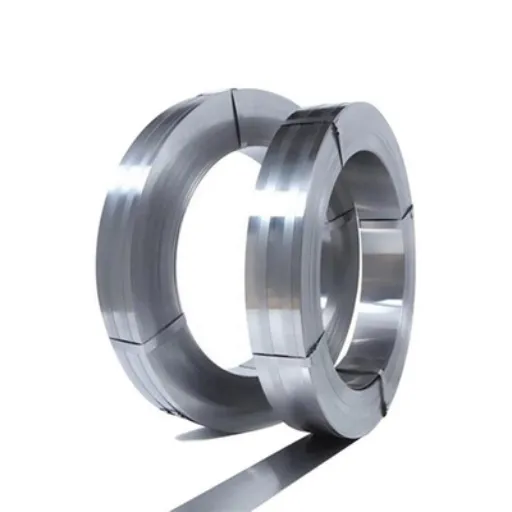301 stainless steel strip is the best option for versatility and durability in the first place. This alloy, which is the result of alloy and temper variations such as UNS S30100, gives the industries choosing it the least price and the most variety of applications. No matter whether you are in the automotive sector or making very precise parts, or even if you are creating very strong springs, it is very important to have a good knowledge of the properties and the advantages of the 301 stainless steel strip. We are going to delve into the key properties, temper choices, and the practical applications of 301 stainless steel in this article, providing you with the necessary information to make the right decision about your next project material.
Overview of 301 Stainless Steel Strip
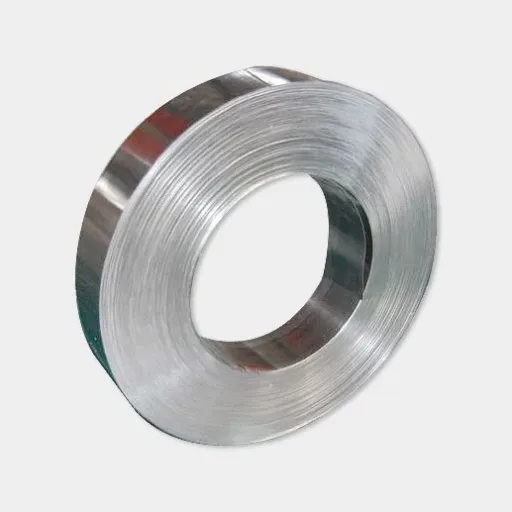
301 Stainless Steel Introduction
Austenitic stainless steel is the name of the game for 301 stainless steel. It is a stainless steel with excellent properties of strength, ductility and corrosion resistance. Due to its high chromium and nickel content, it is the one of the best when it comes to making things that are exposed to moisture or chemical agents in which case it is able to resist corrosion really well. One of the major features is the ability of 301 to reach a wide range of tempers from full soft to full hard by cold working; this allows the manufacturers to tweak the mechanical properties of the material to be in line with the specific application.
Per the latest specifications, 301 stainless steel is made up of 16-18% chromium, 6-8% nickel, and traces of carbon, manganese, and silicon. The tensile strength of this alloy can range from 75 ksi (minimum for annealed states) to 185 ksi (fully hardened). The superior strength level in combination with the good elongation characteristics of the material make it a perfect choice for those applications that need flexible and durable products.
Main Features of Stainless Steel Strip
Corrosion Resistance
The high chromium content (minimum 10.5%) is responsible for the passive layer that protects the stainless steel strips from being oxidized and so they are very good conductors of electricity. A combination of 301 and 304 grades is commonly found in places where rust protection is a prime requirement, with 304 being the best one because it is resistant to a wider range of conditions including chemical and marine applications.
Strength and Hardness
The grade and the processing of the strips determine the tensile strength that can be achieved, besides the fact that the strength is given to the ductility. For instance, cold-rolled 301 stainless steel can range from 930 MPa to 1,000 MPa in terms of tensile strength and it is thus the very material that can be used for parts requiring both strength and flexibility.
Heat Resistance
Stainless steel strips hold their mechanical and aesthetic qualities even when the temperature increases. Such grades as 316 are very good in terms of heat resistance and their temperature can be as high as around 800°C (1,472°F) which is where that furnaces or heat exchangers are located.
Properties and Benefits of 301 Stainless Steel Strip
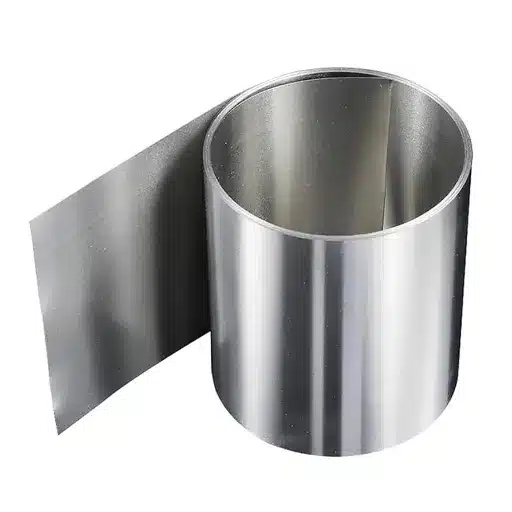
In my viewpoint, the properties beneficial to the application of 301 stainless steel strip are its remarkable strength, flexibility, and versatility. Generally it is recognized with high tensile strength, corrosion resistance, and also with the feature of being able to work in high temperature, thus the number of fields for the application in harsh conditions goes up and in this case, it is the right choice to opt for 301 steel.
Corrosion Resistance and Heat Resistance
The resistance to corrosion of 301 stainless steel is one of its greatest advantages due to high amounts of chromium and nickel in its composition. The oxidation-resisting chromium forms a layer of passive oxide on the surface of the steel which, in turn, prevents further oxidation and shielding against rust and other corrosive elements. It does very well with industry applications that are exposed to atmospheric conditions, such as humid climates or areas with mild chemical exposure. However, it loses the battle against highly concentrated acids or chloride-rich environments when compared to 316 stainless steel, which is also classified as a stainless steel that has a high degree of oxidation resistance.
Heat resistance is the area where 301 stainless steel shines, as it can withstand the most extreme conditions. The steel is capable of enduring temperatures that go as high as around 1700°F (927°C) for a long time without showing up any detriment due to scaling. Besides, steel of this grade retains its mechanical properties even at the high temperatures, which makes it a choice that fits in with the applications involving heating and cooling cycles of the process. As an instance, it finds its way in heat exchangers, exhaust systems and other high-temperature environments, where strength, durability, and resistance to thermal degradation…
Yield Strength and Temper Options
The adaptability of grade 301 stainless steel with respect to both yield strength and temper options is one of its most impressive features. The yield strength of 301 stainless steel can fluctuate enormously depending on the level of cold working it undergoes. For example, when the steel is annealed, its yield strength is lower at about 205 MPa (30 ksi), which gives the steel a lot of ductility and formability. But on the other hand, if the cold working is continued, the yield strength may even go up to 1400 MPa (200 ksi) for high-strength tempers like 1/4 Hard, 1/2 Hard, 3/4 Hard, and Full Hard.
Moreover, these temper options make it possible for engineers and manufacturers to tailor the material’s mechanical properties for specific applications. For instance, softer tempers are the best choice for applications that require bending and forming, while harder tempers are perfect for structural uses where maximum tensile strength is a must. The range of 301 stainless steel in temper adjustments gives it the power to fulfill both strength and flexibility needs, thus it provides an economically viable and long-lasting solution throughout the different sectors.
Common Applications in Industries
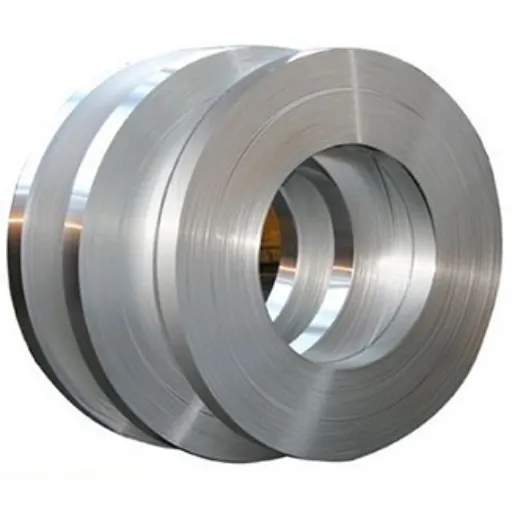
From my perspective, 301 stainless steel is a material that finds applications in the aerospace, automotive, and construction industries. Its amazing ability to change according to the need for strength or flexibility makes it suitable for use in a variety of mainly structural parts, fasteners, and springs.
Use in Spring Manufacturing
Among different materials, 301 stainless steel is one of the most favored materials in spring manufacturing mainly due to its highly fatigue resistance, great corrosion resistance, and adaptable mechanical properties. Its nature of keeping the same shape and going through repeated stress is the main reason to use it in making precision springs for the most demanding applications. As per the industrial reports, the tensile strength of 301 stainless steel can be adjusted to a range of tensile strengths from 75 ksi to more than 200 ksi, depending on the temper, thus allowing the manufacturers to customize properties according to the requirements of the particular springs.
Thus, the material is extensively applied in making compression, extension, and flat springs. The automotive, aerospace, and electronics industries make extensive use of these springs for components where dependable performance on continual load or during cyclic operations is a must. For example, springs made of 301 stainless steel flat are widely used in electric contacts because of their capacity to keep elasticity in tight spaces, while guaranteeing long performance even in corrosive environments.
Applications in Precision Parts
301 stainless steel is such a versatile metal that industries can hardly resist using it for making precision parts because of its superb strength, adaptability, and toughness against fatigue. This very quality makes it fit for such delicate and precise applications as the medical field, aerospace and electronics. For instance, the metal’s robustness and ability to sustain the bending motion repetitively come into play while making spring clips, washers, and connectors that are so widely used in complex mechanical assemblies.
The latest statistics point out its growing demand in the sectors that need tiny sizes and high-performance materials. The international market for stainless-steel parts is predicted to rise at a compound annual growth rate (CAGR) of nearly 7% during 2023-2028 period, thanks to innovations in fields such as robotics, and renewable energy technologies. This growth is a clear indication of 301 stainless steel’s crucial part in the challenging engineering activities where even the tiniest part has to withstand the toughest testing of quality and reliability.
Comparison with Other Stainless Steel Grades
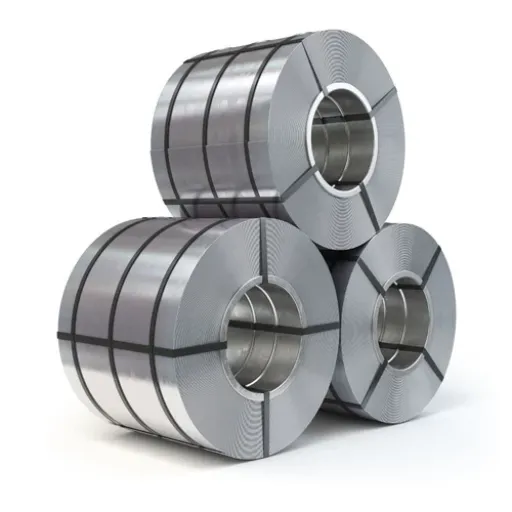
Comparison with 304 Stainless Steel
| Comparison Factor | Details |
|---|---|
| Chemical Composition | The most significant dissimilarity is in the chemical composition of the two steels. 301 stainless steel with 16-18% chromium and 6-8% nickel is at one end of the spectrum and 304, which is at the other with 18-20% chromium and 8-10.5% nickel, is at that end of the spectrum. The decreased nickel level in 301 now acts as a cost cutter and at the same time allows for greater work-hardening during cold working. |
| Mechanical Properties | 301 stainless steel is extraordinarily strong and hard after cold working and the tensile strength gets as high as 1,200 MPa whereas cold-working 304 only gets the maximum of about 732 MPa. Thus, 301 is simply perfect for every purpose where exceptional durability and flexibility are needed, such as for springs, clamps, and fasteners. Though on the other, the 304 stainless steel remains tough throughout a wider temperature range and a little more resistant in a corrosive environment of extreme exposure. |
| Corrosion Resistance | Considering each of these grades characteristics as regards to rust and stains, both produce good ones but 304 stainless steel wins the battle against 301 in case of high-saline or highly acidic conditions thanks to its higher nickel and molybdenum content that is coming along with more corrosion resistance in environments like seawater or industrial chemicals, for example. |
Performance Differences Between 301 and 304 Stainless Steels
Tensile Strength and Formability
On the whole, 301 stainless steel with its higher tensile strength beats 304, particularly after the latter is cold worked. 1200 MPa is the limit for the tensile strength, approximately thus making this material ideal for high-strength applications e.g. springs, clamps, and other structural components. Conversely, 304 stainless steel with the maximum of 732 MPa (cold-worked) coming with the plus of ductility and workability has the upper hand in being formed into deep-drawn and fabricated products like sinks and pressure vessels.
Corrosion Resistance
304 stainless steel is famous worldwide for its exceptional ability to resist corrosion, especially in chloride-rich environments where rust and pitting cannot harm it. This entire scenario would be possible because of the stainless steel’s higher chromium and nickel composition and thus, 301 stainless steel is the least resistant to corrosion among the others. Therefore, 304 is the go-to option for food processing, medical devices and marine applications where corrosive agents are present and their resistance is a concern. On the other hand, 301 stainless steel while being somewhat resistant to corrosion is the support strength of its area-of-use and gets out of the way during the process of durability taking the applications with harsh environments into account.
Temperature Tolerance
The two grades are pretty good when it comes to high-temperature applications, but they are different when it comes to the maximum limits. 304 stainless steel can withstand high temperatures (870–925°C) and still keep its strength and corrosion resistance compared to 301. When it comes to stored heat for a longer time at elevated temperatures, 304 is usually the better choice due to its stability and resistance to scaling.
Choosing the Right Supplier
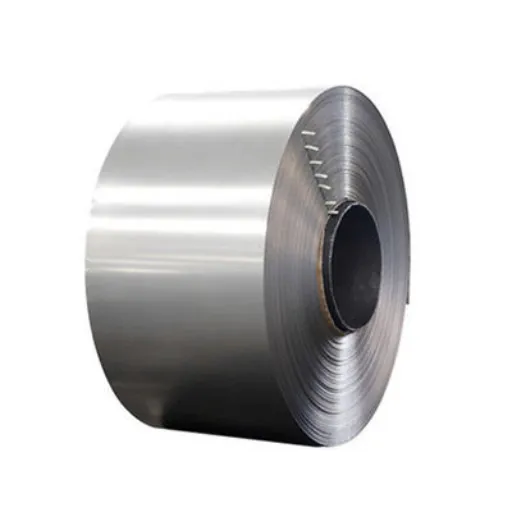
The reliability of the suppliers, quality certifications, and their ability to provide specific materials are the main things I look for when choosing a supplier. Their experience with stainless steel grades, competitive pricing, and customer service also help in forming a smooth and trustworthy partnership.
Finding Quality Producers of Stainless Steel Strip
Certifications and Standards
A producer who is recognized will follow world quality standards like ISO 9001 for controlling the quality and ISO 14001 for looking after the environment. Also, certifications related to specific sectors, like ASTM standards for stainless steels, can confirm the accuracy and quality of a producer’s products.
Manufacturing Capabilities
Top producers should be showing off their high-tech production methods, such as rolling machines for exact size, heating furnaces for softening and cooling, and different ways to treat the surface. The capacity to manufacture widths, thicknesses, and finishes according to the needs of different industries is an important factor.
Global Recognition and Partnerships
Manufacturers that are trusted generally have their footprints spread across the globe in the form of strong distribution networks and partnerships in critical industries like automotive, medical, and aerospace. This indicates their credibility and continuous demand for their products.
Reference Sources
-
Combined Metals of Chicago
301 Stainless Steel Strip, Coil, & Sheet – UNS S30100
This source outlines the typical applications of 301 stainless steel, including appliances, automotive parts, utensils, and structural components. -
Elgiloy Specialty Metals
301 Stainless Steel Strip UNS S30100
This page provides insights into the material’s properties and its use in high-strength structural parts, automotive applications, and more. -
Ulbrich Stainless Steels & Special Metals
301 Stainless Steel Coil | UNS S30100 | Strip & Foil
This source discusses the alloy’s high strength, ductility, and resistance to corrosion, making it suitable for various industrial applications.
Frequently Asked Questions (FAQs)
❓ What are the mechanical properties of 301 stainless steel grade?
The mechanical properties of grade 301 stainless steel include its high yield and tensile strengths, which make it durable enough for use in applications where wear and tear are expected. These include a yield strength of approximately 190 ksi (1300 MPa) for the annealed state, where it still has good ductility that is helpful in forming processes.
❓ How does the steel 301 compare with the steel 304?
In the case of corrosion resistance, both 301 and 304 stainless steel have similar levels, yet the former is known for its higher strength and better weldability while the latter has the opposite property and is, therefore, the more suitable type of steel in oxidizing environments or where corrosion resistance is a must.
❓ What are the norms for the 301 strip?
In general, the standards for the 301 stainless steel strip would follow that of ASTM A666, which specifies the requirements for the sheets and strips of stainless steel that have been annealed and cold-rolled. This specification guarantees that the product will conform to the defined standards in terms of chemical composition, physical characteristics, and treatments.
❓ Which applications are appropriate for the 301 strip?
Moreover, the 301 stainless steel strip gets good use in areas of high strength and corrosion as the major factors. It is found in automotive parts, machine parts, and many other industrial applications that require good forming and welding.
❓ What is the effect of heat treatment on 301 stainless steel strip?
The process of heat treatment can make a big difference in the quality of 301 stainless steel strip. By annealing, one can obtain improved ductility and a lower yield strength, which are favorable for the forming of the metal. On the other hand, cold working leads to a stronger product but might still need to go through heat treatment to relieve stress thereafter.

